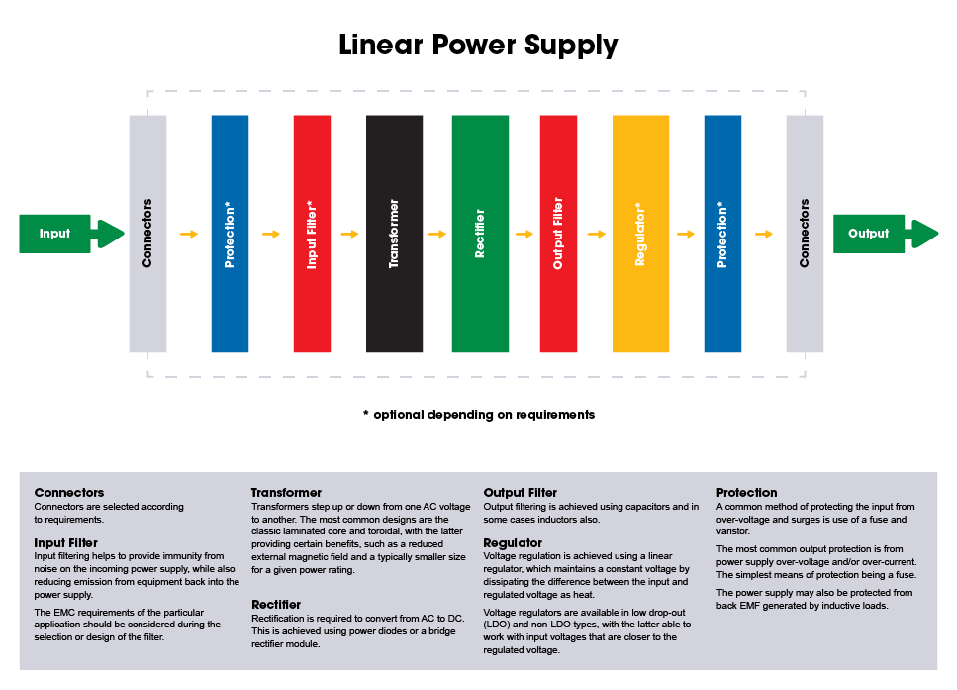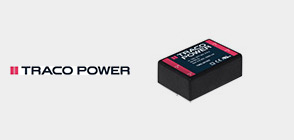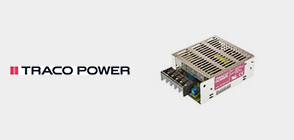
|
For almost 100 years we have monitored relativity basic electrical parameters – current and voltage. Initially, in power design, this was mainly to ensure that the electrical supply was stable and had the capacity to power the load. As centralized power generation grew and more sophisticated power distribution systems made their way into commercial and industrial settings, so the reasons for metering and monitoring grew too. Commercial customers and home consumers alike became more interested in how much power they were using (watts) and how efficiently they were using it (power factor).
Prior to the 1980s, electric meters were all electromechanical (analog) devices using basic electromagnetic principles. This all changed as the microprocessor industry advanced and transformed how we all live and work. Microprocessors found their way into just about everything to rapidly become commonplace components of the digital age. In power management terms, early usage of microprocessors was in metering equipment and circuit protection. The advantages were huge: one digital meter could easily replace several analog meters. This conversion from analog to digital devices fuelled high growth in power metering through the 90s and 00s; however, recent growth takes us to a new level of intelligence. Now customers require accurate and timely data to better aid decision making and help them to maximize productivity and energy efficiency. Later in this article we will take a look at two main classes of power supply – Linear and Switch Mode Power Supplies (SMPS) – but first, we will consider Embedded Solutions that simplify the design of power supplies.
Embedded Solutions
There are a number of integrated solutions available that range from power management ICs which simplify power supply design, to self-contained linear and switch mode power supplies.
The term Power Management Integrated Circuit (PMIC) covers a range of chips which normally employ electronic power conversion functionality and/or power control functions. Using PMICs greatly simplifies power supply design and range from simple, single-function devices such as voltage regulators or switching controllers, to more complex PMIC devices which can integrate multiple functions, including power conversion, monitoring, and sequencing.
Fully integrated solutions are available in the form of Embedded Power Supplies. These offer a turnkey solution for immediate integration with equipment and offers linear and SMPS options that provide single or multiple voltage rails.
DC-DC Convertors
DC-DC Convertors offer a more convenient solution where DC supply is available but additional DC voltage rails are needed. They are self-contained, generally, board mounted, and have power ratings of anything up to 200W. DC-DC Convertors can step up or step down and typically feature efficiencies above 90%.
NEW TEL 8 Series of isolated 8W converters
Brand: TRACO POWER
TDL & TDN Series 2W and 3W DC/DC converters
Brand: TRACO POWER
TMR 9 Series DC/DC converter in SIP-8 package
Brand: TRACO POWER
TSR Series High Efficiency Switching Regulators
Brand: TRACO POWER
Level VI standard for external power supplies
In the early 2000s, a vast mass of systems and devices used power supplies that were not designed to shut down when the device or system was inactive, so they would continue to consume power as if the device was still powered on. Power supplies can easily consume 1W, which multiplied over the number of devices left continually plugged in adds up to a massive waste of energy.
Because of this, designers of external power supplies for computers and consumer electronics have come under increasing regulatory pressures to increase energy efficiency recently. Designers now aim to comply with the most stringent standards to ensure products are suitable to sell internationally.
Great value desktop and output power supplies
Brand: RS Pro
Brand: XP Power
High efficiency, low power external power supplies
Brand: Meanwell
Brand: Power Integrations
Linear and Switch Mode Power Supplies
In the diagrams below we take a look at two main classes of power supply – Linear and Switch Mode Power Supplies.
Whichever approach you decide to take, important factors to consider include:
- Your specific application requirements for power rating, protection, noise and transient response time
- Safety and Electromagnetic Compatibility (EMC)
- Efficiency requirements
- Relevant industry standards and legislation concerning all the above points, including but not limited to EMC directives, CE, TÜV, FCC, and UL certification
Linear power supplies and voltage regulators
Linear power supplies are simple, easy to design and maintain, but can be regarded as a bit outdated with less control for modern energy efficiency requirements. The basic function of a linear voltage regulator is to convert a variable DC voltage to a constant, lower, and often specific DC voltage.
The constant output voltage is a necessity of many power supply applications but supply voltage comes from many energy sources and can vary. A linear voltage regulator is therefore used to keep the output voltage steady.

Switch Mode Power Supplies (SMPS)
In comparison to linear power supplies, switch mode power supplies – or SMPS as they are commonly known – tend to be smaller, lighter, lower cost and more efficient. The trade-off is that they are more complex, require additional components and, therefore, have a greater number of design considerations. However, the level of control in SMPS systems is becoming increasingly important for minimizing wasted energy. The name is derived because this DC voltage is ‘switched’ on and off at very high frequencies (usually 10 kHz to 1 MHz) to produce an AC current that can be passed through a high-frequency inductor or transformer. Due to the high frequencies involved, lighter, smaller and cheaper capacitors and transformers can be used. The high-frequency AC is filtered and rectified to produce DC output voltage. Under ideal circumstances, an SMPS will dissipate no power.

MF-USMF Series Surface Mount Resettable Fuse
Brand: Bourns
Brand: TE Connectivity
WE-VD Series Metal Oxide Varistor
Brand: Wurth Elektronik
Polymer Aluminum Solid Capacitors (OS-CON)
Brand: Panasonic
Polymer Hybrid Aluminum Electrolytic Capacitors
Brand: Panasonic
Polymer Tantalum Capacitors T52X/T530 Series
Brand: KEMET
Brand: RS Pro
Switch Mode Power Supply Transformer
Brand: Murata
Brand: DiodesZetex
VS-MBRS340TRPBF, SMT Schottky Diode
Brand: Vishay
Brand: Infineon
150 CRZ Series SMD Low Impedance Aluminium...
Brand: Vishay
WE-FI/SI Series Toroidal Radial Chokes
Brand: Wurth Elektronik
SP-Cap Polymer Aluminum Electrolytic Capacitors
Brand: Panasonic
POSCAP Polymer Tantalum Solid Capacitors
Brand: Panasonic
Brand: On Semiconductor
ADP3334ARMZ-REEL7, LDO Voltage Regulators
Brand: Analog Devices
Adjustable LDO Voltage Regulators
Brand: Microchip
NCP1361EABAYSNT1G, PWM Controller 65 kHz
Brand: On Semiconductor
NCP1271 PWM Controller Evaluation Board
Brand: On Semiconductor
VIPER22ADIP-E, PWM Current Mode Controller
Brand: STMicroelectronics
ICE2QS03G, PWM Controller 65 kHz
Brand: Infineon
NCP1602AEASNT1G, Power Factor Controller, 50 kHz
Brand: On Semiconductor
Power Factor Controller, 22.2 kHz
Brand: Infineon
159 PUL-SI Polarized Aluminium Capacitors
Brand: Vishay
094 MPW-SI Aluminium Electrolytic Capacitors
Brand: Vishay
Radial150 RMI electrolytic capacitor
Brand: Vishay
WE-FTXX Polypropylene Film Capacitors
Brand: Wurth Elektronik
Primary side high voltage MOSFETs
Brand: Infineon
Integrated control and MOSFETs
Brand: Infineon
Brand: STMicroelectronics
Brand: Wolfspeed
Connectors in Power Supplies
All powered systems require safe and reliable methods of delivering power, so choosing the right connector is an essential part of your design. From simple terminal blocks right through to heavyweight industrial plugs, plus everything in between, RS Components has a huge range of connectors ensuring you safely deliver power, whatever the application.



















































































